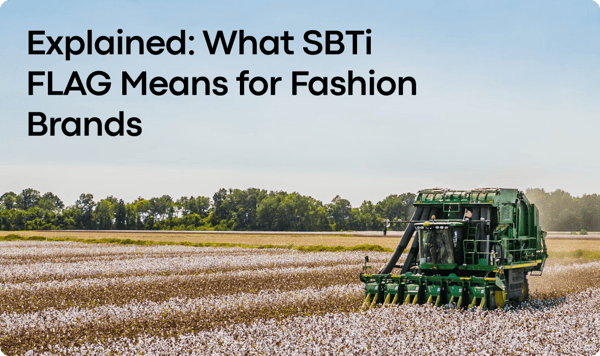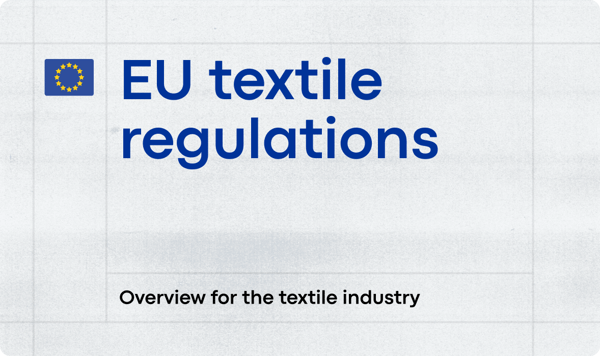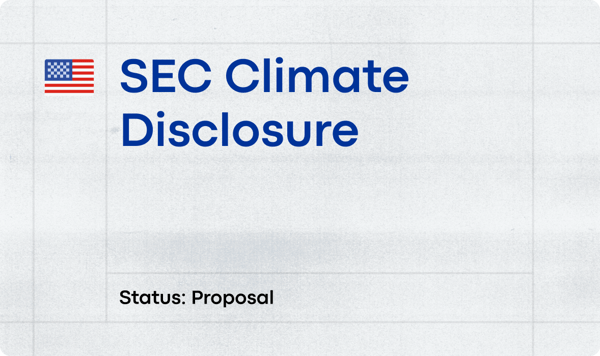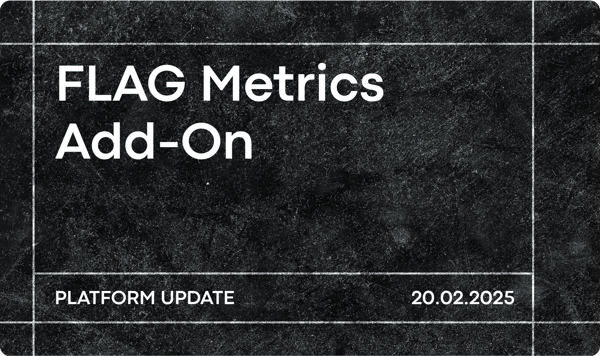[Guide] Carbon accounting for fashion, textile, apparel, and footwear companies
Your complete, hands-on guide to Carbon Accounting and the GHG protocol for fashion, textile, clothing, apparel and footwear companies.
We're on a mission to decarbonize the 1 gigaton CO2e fashion industry. Learn from our data, climate, and science experts, as they share their learnings along the way.
Your complete, hands-on guide to Carbon Accounting and the GHG protocol for fashion, textile, clothing, apparel and footwear companies.
 Angie Wu
Angie Wu


Your complete, hands-on guide to Carbon Accounting and the GHG protocol for fashion, textile, clothing, apparel and footwear companies.

FLAG emissions in fashion and apparel largely originate from the production of natural fibers like cotton, leather, and wool. In fact, for some apparel brands,...

Let's dive into the upcoming EU regulations and directives as well as regulations within the EU member states that will impact the fashion and textile...

The draft proposal of the Omnibus Simplification Package, released on February 26, 2025, has already sparked significant debate.

The Apparel & Footwear PEFCR was developed to serve as a common language for LCAs, standardizing how the environmental performance of apparel and fashion...

Breakdown of SEC Climate Disclosure and what it could mean for your business if the rule is implemented.

Cumulatively, these new regulations are set to impact more than 10,000 companies, many of whom are footwear and apparel brands.

Rules let you refine key product details across your catalog.

CSDDD introduces a due diligence duty for textile companies operating in the European Union.

Learn how the CSRD is set to reshape reporting requirements for fashion and textile brands under the European Commission's climate change regulations.

French Eco-Score framework has just taken a significant step forward.

With this add-on, brands can understand their FLAG emissions, comply with SBTi, and take action to further reduce carbon emissions.
If you click on “Accept all” you agree to the use of these cookies. To find out more about the cookies we use, see our Privacy & Cookie Policy. Or, you can continue without agreeing .